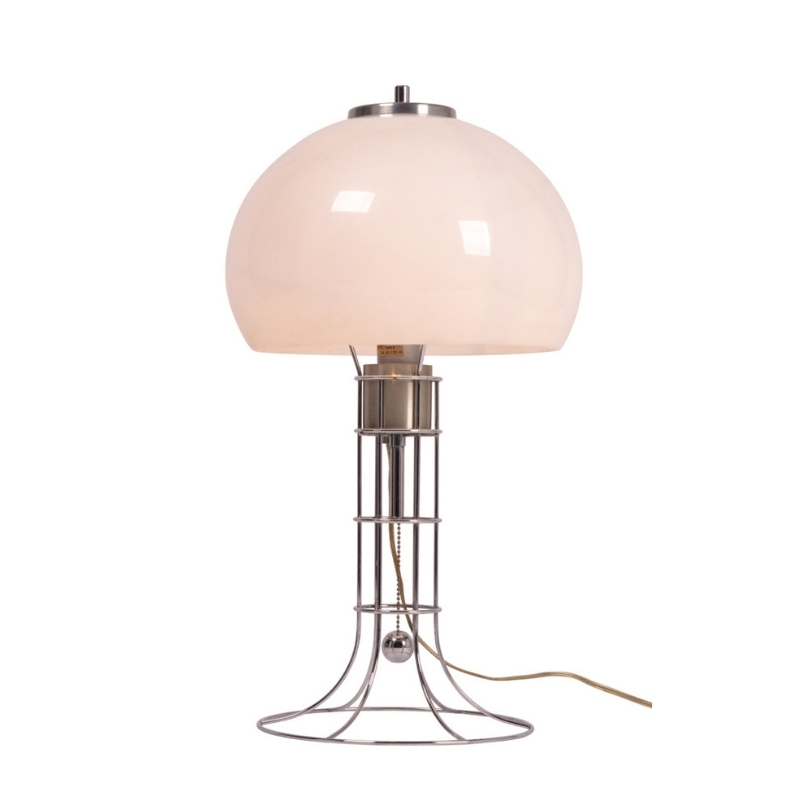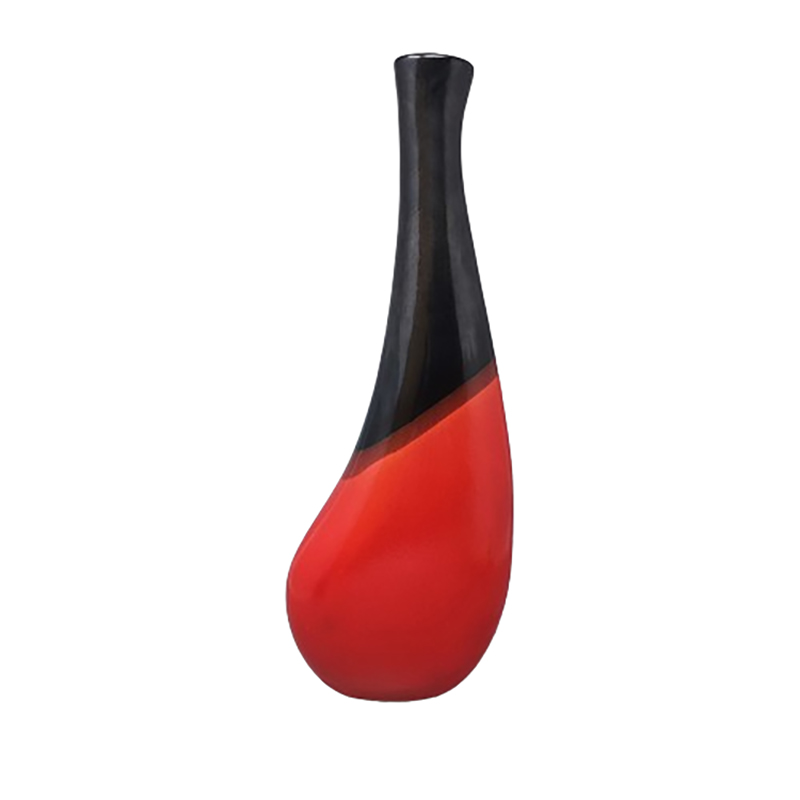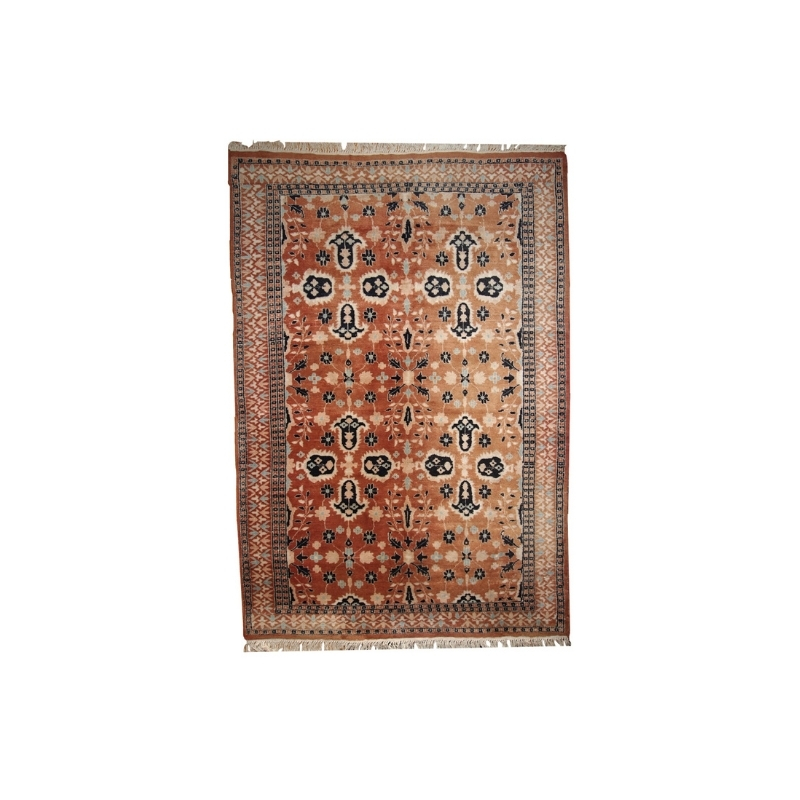Sounds promising, thanks so much for the input and very exciting to see Johannes Andersen's name. I will receive the chair tomorrow and will obviously look for stamps, but one would think the auction firm would have mentioned it if there were obvious stamps under the seat. Therefore I assumed there are none, but I'll know tomorrow. Would the abscence of stamps be equal to rhe chair being a knock-off?
Not that cdsilva needs any seconding around here--I think he knows more than me--but I am going to second his point because it deserves it: the way to determine authenticity is in the details of the piece; the mark is nothing more than a convenient shortcut when it exists. And shortcuts always have an inherent level of risk. Fake marks are not common but they do exist.
Thank you both for insightful input. I totally agree with Leif's remark reg. stamps/marks, but if one is a novis it's hard to use other clues than the obvious, like in this case the general shape, joint techniques, wood used and screws/bolts used. As for knock-offs, Albin Johansson's version is rather close to Being one, I'd say...
Inspiration for new designs have come from previous designs for as long as humans have been engaging in arts, crafts, and architecture. There are enough design differences between the Andersen and Johansson chairs that the term "knockoff" is not applicable.
Knockoffs refer to unlicensed attempts to duplicate a design as close as possible, usually in a cheaper manner, with the idea of passing it off for the original. E.g. There are many Eames DCW and LCW knockoffs in the marketplace. There are also Thonet plywood chairs which might be confused as Eames chairs by those not familiar with Eames' work. Those Thonet chairs are not knockoffs.
Reg. knock-offs; I'm aware that knock-offs are copies (hence the "close to being"), and inspiration from others is normal. However I think Albin J. and the designer did not manage to infuse enough "own uniqueness" in their version. The general shape dimensionwise is very, very similar and the leg composition and joining exactly the same (at least from a distance). But who knows, maybe there was a third version somewhwere that they both got inspired by 🙂
The chair was a Vamo S. btw, found proper marks and all details were correct. The original fabric was a great grey rough textile, probably wool, and it seemed unused.
If you need any help, please contact us at – info@designaddict.com









